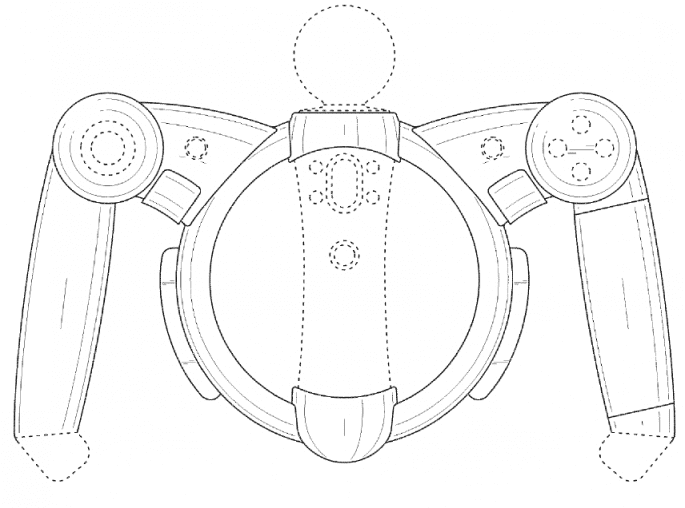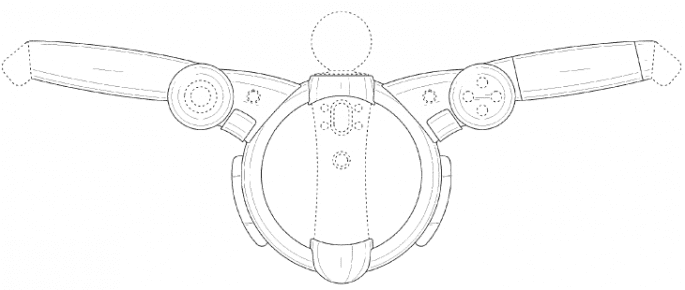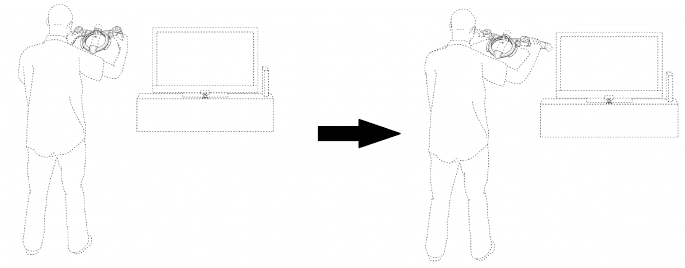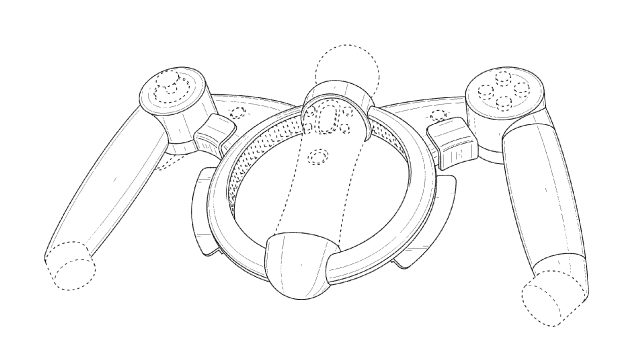I did mention steering input, but I was treating it as a sort of "trim" when
actually in the corner. However, I admit I did neglect to really think about getting the bike into a "lean" in the first place...
I guess with a heavy bike and lots of gyroscopic force ("high" speed), you are certain to have to throw yourself in the "wrong direction" to get the lean you need to stay on the bike in the turn you're attempting. This initial kick is made easier by positioning your body weight to the "inside", so less "counter-steering" (ugh, confusing term, makes me think it's a response against something, rather than a precursor to initiate something) is required, of course. Thanks for pointing that out.
And thanks to sinbad, too.
So, that gyroscopic precession phenomenon: I assume that's where the spinning object, say, a bike's front wheel, will try to turn around an axis orthogonal to both the axis of "steering" and of "spinning". That is, you turn the bars to the right, but the wheel
banks to the left. Presumably, the effect is less than the rolling / banking / leaning moment caused by the centrifugal force created (at the same time) by turning the bars the "wrong way", which is why spinning the wheel in the backward direction makes little difference? I'd love to see that being done; was it geared flywheels attached to the wheels or something?
I would go further and still say that the lighter the bike (especially any rotating parts) and the slower you go (so, er, my experience, then), the easier it is to "muscle" and / or "knock" the bike into a lean without "counter-steer", though (and no doubt it is always contributory, reducing the required "counter-steer" amount if you actively lever and shift your weight at the right time, with the steering, depending on how brave / skilled / stupid you are).
I guess I'd never really given the act of actually "turning in" much thought, only what I do to balance everything in a corner. Now I'm going to be thinking about that when I shouldn't be...
Anyway, in terms of a control scheme for a game, lean angle is intuitive and easily handled on an existing controller; the physics would interpret that as a
requested angle of lean (and thus, requested centripetal acceleration, or turning radius for the current speed) and make the subtle inputs required to get the bike into that position. You can already tweak the riding style in TT, and it affects things like transient response, corner stability etc., aside from the bike's setup. No reason it couldn't be customised further, I guess.
If there was any chance of feedback, a pure steering control method could be noob- / user-friendly, but even with that recently patented controller, I suspect it will be lacking somewhat.
Despite that, there's no reason such a "hardcore" steering mode couldn't be offered. Might even be fun / educational!
Thanks again. 👍
P.S. I just watched this video, and my mind was blown. I can't not be doing it, but I never realised! Bizarrely, I described the exact same process, only in the context of pulling the bike up and out of a lean.







 👍
👍

